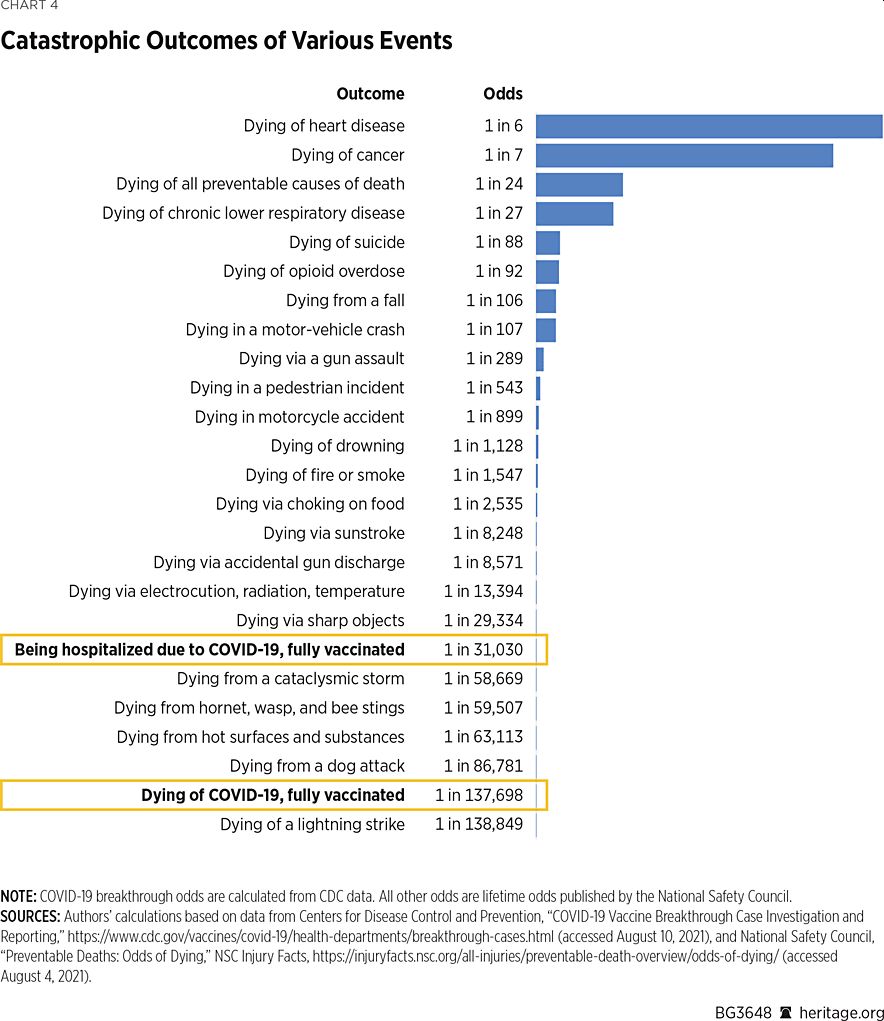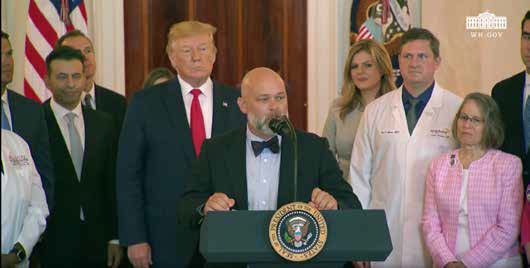Previous posts have focused on the underfunding of public pensions caused by unrealistically high discount rates, e.g., 7%. For these "defined benefits" plans, the states and cities usually do not save enough.
For example, if a pension fund needs to pay a teacher $100 in 20 years and uses a 7% discount rate, it must save 100/(1.07)^20=$26. Then, if it invests $26 and earns a 7% return, the fund will have $100 in 20 years when the employee retires.
However, if it earns only 4.7%, the fund will have only $26*(1.047)^20=$65, a shortfall of 35%.
MarketWatch reports on a Boston College study of the effect of the pandemic on defined benefit pensions:
2020 funding of public-pensions to invest sector plans at 74.7%, up from 72.8% last year.
The good performance was due to the huge stockmarket gains. Instead of using the gains to move to a defined contribution plan, like Wisconsin's, I fear the gains will sow the seeds of the next pension crisis by inducing pensions to increase the discount rate they use.






